Cargo Handling On Ships – 10 Tips That Can Save Your Life
Cargo handling as an activity has evolved from being purely manually driven to an activity that is performed using the latest materials handling equipment money can buy. But, humans still have an important role to play in cargo handling, which essentially throws the doors opens for a diverse and serious range of safety concerns.
It’s important that shipping personnel are well aware of the various considerations that need to be kept in mind to perform cargo handling operations on ships with utmost safety. Knowing the essential safety features, and making appropriate use of materials handling equipment are just some of the ways you can make sure you’re able to handle cargo safely on ships.
Let’s take a look at some of the essential tips that need to be kept in mind while handling shipboard cargo. Knowing these tips can mean the difference between life and death:
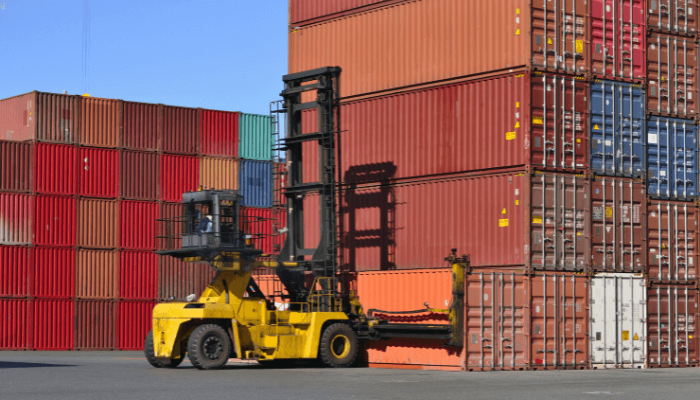
Tip 1: Protection Equipment
Wearing the right kind of personal protective equipment is of paramount importance while moving cargo from one place to another. Equipment like safety harness, safety helmets, safety shoes and various others must be used at all times while handling cargo on ships. Working without such equipment puts your life at grave risk. Also make sure you know the proper use of all protection equipment in order to optimize its use. Another aspect that must be considered is the maintenance of this equipment and checking it for damage prior to use.
Tip 2: Do not Interfere with the use of a Safety Device and Understand all Safety Procedures
Before handling the cargo, the crew should be told of the various on-site safety devices that will protect them in case of an untoward incident. Crew should in no way interfere with the working of such devices or alter their functioning in any way or form. Something else that is important is understanding all the safe methods and practices of cargo handling and making sure they are adopted without shortcuts.
Tip 3: Identify Shelter Positions
If you’re working on the open deck while handling cargo, it’s important that you are well aware of the shelter options that will protect you in the case of falling cargo, or where you can wait till the hoisted cargo has been placed on the deck or amidships.
Tip 4: Securing the Cargo
It’s of paramount importance that all cargo is secured when it arrives on deck and not piggybacking cargo. A secure cargo is safe cargo and it needs to be secured as soon as it is placed in the storage area. Loose items of cargo can prove to be dangerous and you don’t want a situation from hell on your hands, where an unsecured cargo has gone on to seriously injure some on-board personnel. Something else that one must remember is that any and every cargo that is not in a containers should be properly secured at all times.
Tip 5: The Right use of Lifting Equipment
Cargo handling on ships requires the use of lifting equipment like wire ropes, wire rope slings, hooks, forklifts, cranes etc. As somebody working with such equipment, you need to be able to make sure that the equipment has been tested and maintained according to the relevant rules and regulations. More importantly, you must be able to use this equipment the way it is supposed to be used. Incorrect use of lifting equipment can put the lives of people working in and around this equipment in jeopardy.
Tip 6: No standing under a hoisted cargo
In an environment where cargo is being handled, there is always a danger of being hit by a load if you’re standing in its path or under it. There have been some tragic accidents all because a person was standing under a hoisted load.
There are two facets to this particular safety aspect. Firstly, the crane operator must ensure a safe path for the hoisting of the cargo and secondly, the on-deck personnel must make sure they are well aware of the loading path and stay clear of incoming cargo.
Tip 7: Entering Enclosed Spaces
In many cases, the personnel in charge of handling cargo will need to enter an unventilated cargo hold. Not adhering to the proper safety procedures might result in them entering oxygen deficient confined spaces or ones that are packed with toxic gases. As can be imagined this can lead to some serious problems. Therefore, such spaces must be checked for their oxygen content and thoroughly ventilated before entry. The use of special equipment allows one to check for oxygen content in such places.
Tip 8: Importance of Proper Visibility
Do not handle cargo in poor visibility. If you feel visibility is getting affected due to certain reasons like a change in weather conditions amongst others, take the necessary steps to improve the lighting on work places. It’s also important that the lighting does not dazzle the eyes and allows you to see each area of the workplace clearly. Working in improper lighting is a recipe for disaster and can lead to some serious accidents.
Tip 9: Bulk Cargo
Close supervision is needed to ensure work safety while handling bulk cargoes. There are plenty of people involved in such operations who are usually in the hatch and are involved in the process of getting the cargo in and out of the hatch. Proper supervision ensures not only is this cargo handled safely, but there is also somebody (ideally stationed on the deck above the hatch) who is closely watching the people working in the hatch at all times. This is important because the people themselves cannot take good care of their safety, during this time.
Tip 10: Contact the Supervisor in case of Problems
If you feel, at any point of time, that the safety of the workplace is compromised in any way or form, it is important to contact the supervisor. You might find that a hatch cover has come lose or that the load is not being positioned properly on the lifting equipment or you might find something else that you believe will impact the safety of the cargo handling process. In such cases, it’s important that you discuss your findings with the concerned person.
These are just some of the many tips that should be kept in mind to improve safety of the cargo handling process. If you’re a part of this process, it’s important that you have a very clear idea of how to handle cargo safely on ships. This knowledge might help save your life someday.
Author Bio:
Penny Olmos is associated with Holloway Houston, Inc. a leading industrial lifting equipment manufacturing company. Her writing is backed by knowledge gained by her many years of experience partnering with clients to build their business through development and implementation of track-proven Internet marketing strategies.
Disclaimer :
The information contained in this website is for general information purposes only. While we endeavour to keep the information up to date and correct, we make no representations or warranties of any kind, express or implied, about the completeness, accuracy, reliability, suitability or availability with respect to the website or the information, products, services, or related graphics contained on the website for any purpose. Any reliance you place on such information is therefore strictly at your own risk.
In no event will we be liable for any loss or damage including without limitation, indirect or consequential loss or damage, or any loss or damage whatsoever arising from loss of data or profits arising out of, or in connection with, the use of this website.
Do you have info to share with us ? Suggest a correction
Latest Ship Safety Articles You Would Like:
Disclaimer :
The information contained in this website is for general information purposes only. While we endeavour to keep the information up to date and correct, we make no representations or warranties of any kind, express or implied, about the completeness, accuracy, reliability, suitability or availability with respect to the website or the information, products, services, or related graphics contained on the website for any purpose. Any reliance you place on such information is therefore strictly at your own risk.
In no event will we be liable for any loss or damage including without limitation, indirect or consequential loss or damage, or any loss or damage whatsoever arising from loss of data or profits arising out of, or in connection with, the use of this website.
Subscribe To Our Newsletters
By subscribing, you agree to our Privacy Policy and may receive occasional deal communications; you can unsubscribe anytime.



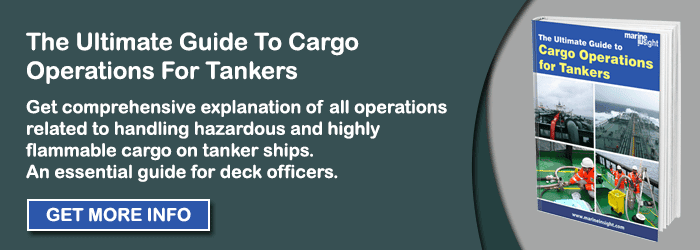
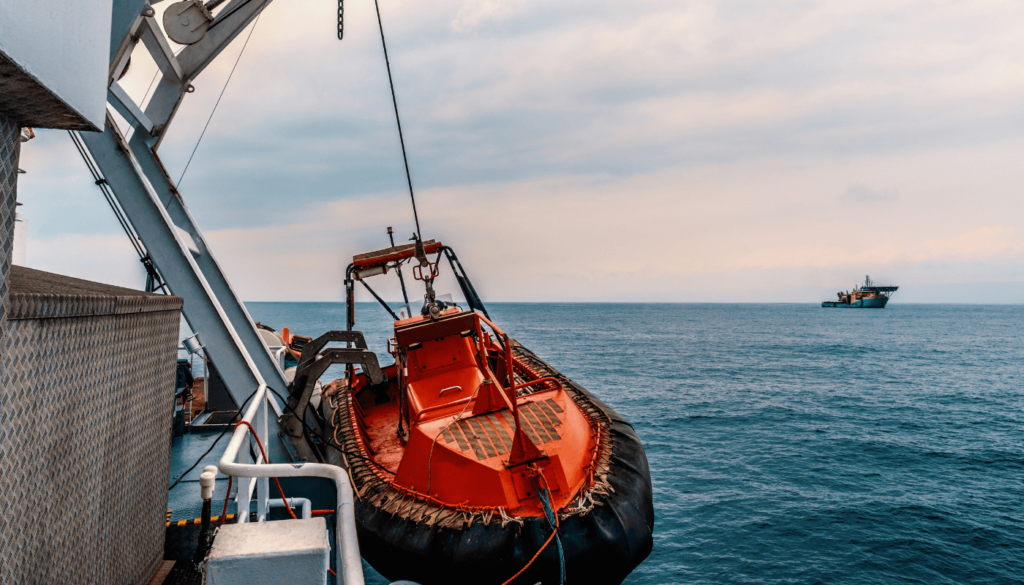
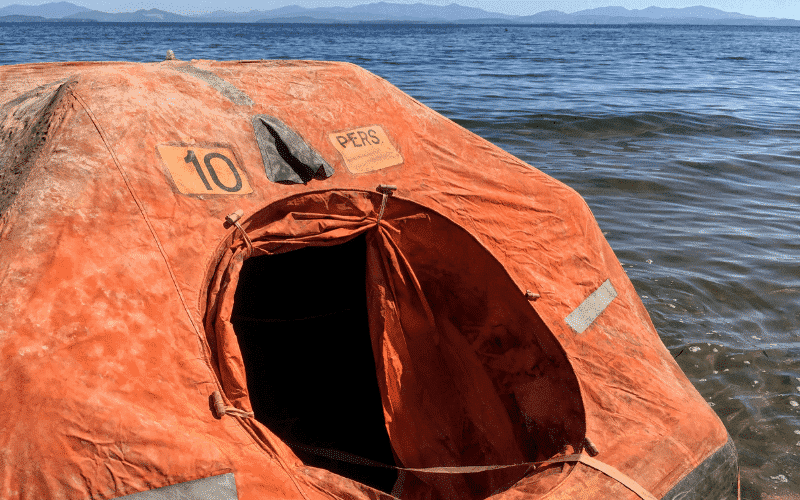
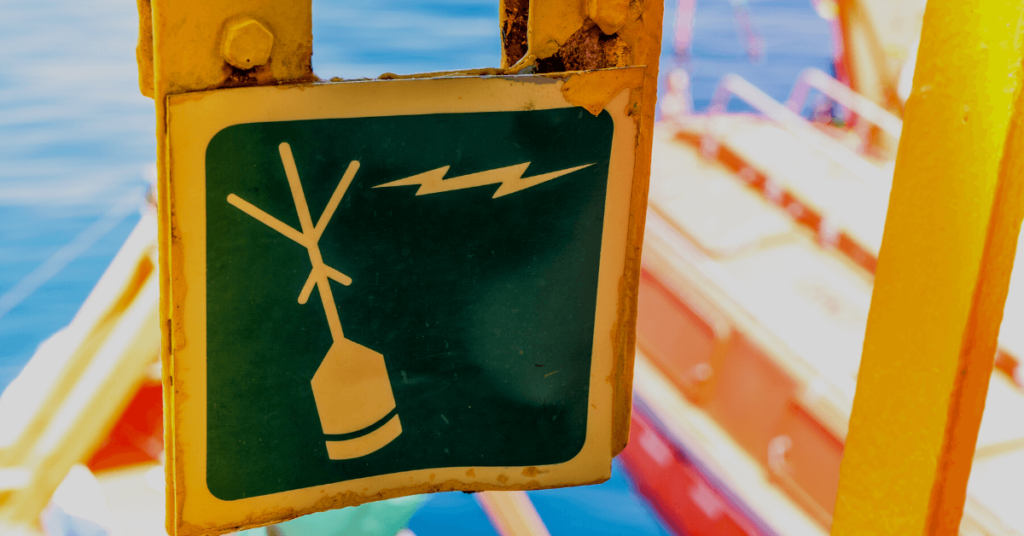
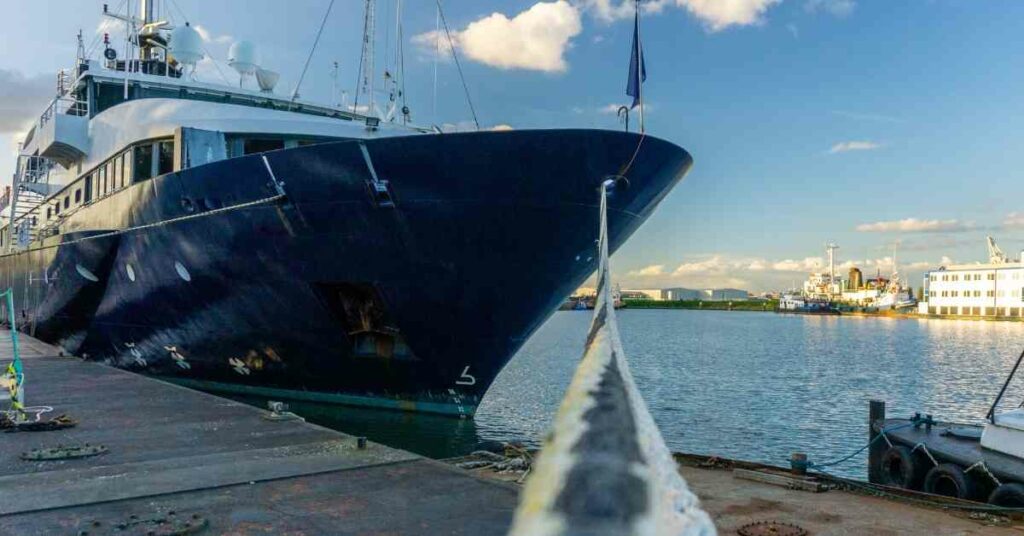
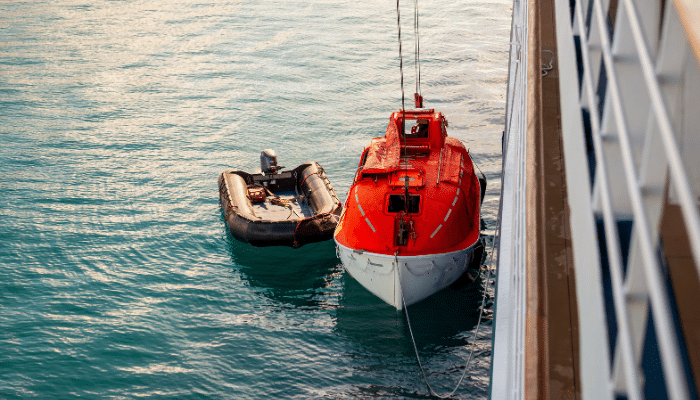


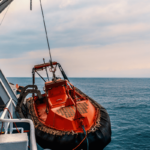
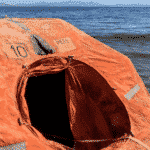
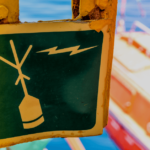

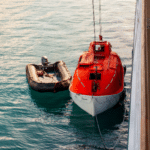

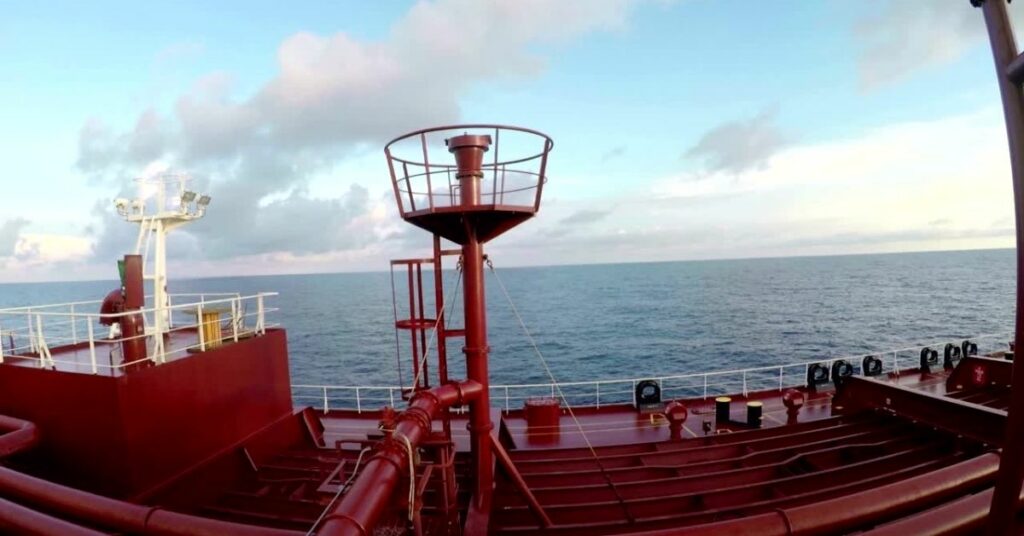
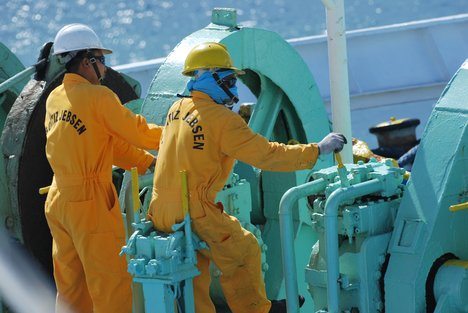
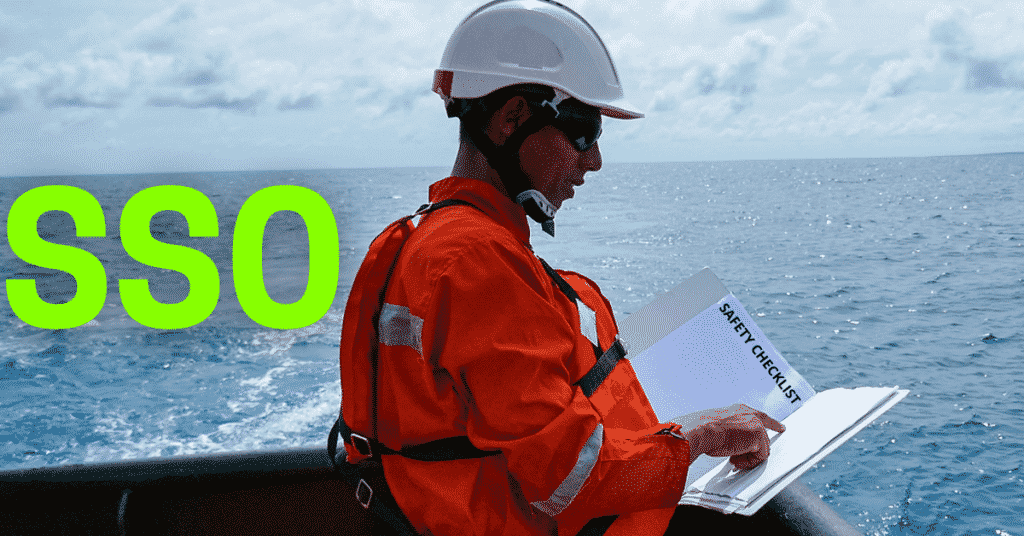



I want to learn under you but i dont know how best you can help me out am all the way sierra leone .
I love ports and shipping management and maritime safety operations.
would be grateful to be getting updates from this sight
@Kamara: You can subscribe to our newsletter for regular updates
https://www.marineinsight.com/subscribe/
✍️How do you validate your course plan?
✍️How can you protect ships owners interest as a cargo officer at port?
✍️Commercial operation duties at port
importance of rules and regulations for cargo handling,??????